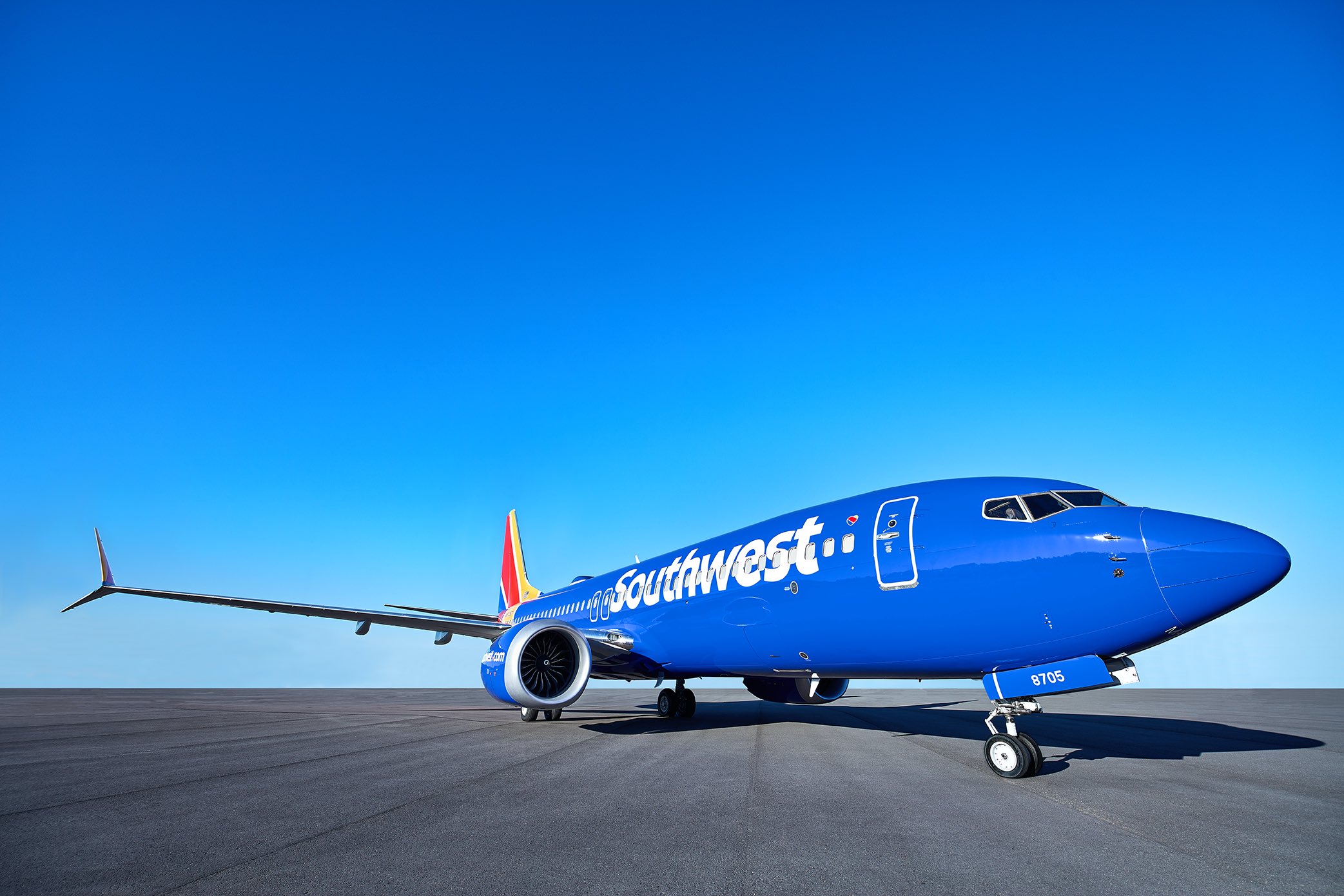For the second time in recent weeks, two airliners faced a runway incursion that could have been disastrous. Is this becoming more common, or more noticed?
If you are considering booking travel or signing up for a new credit card please click here. Both support LiveAndLetsFly.com.
If you haven’t followed us on Facebook or Instagram, add us today.
Close Call in Austin, Texas
Yesterday morning, a Southwest Airlines 737-800 departed runway 18L after a FedEx 767 was already cleared to land. As both were cleared to take off and land it seems that a spacing issue from air traffic control may be to blame.
“An air traffic controller on Saturday may have double-booked a runway at a Texas airport,sending two jetliners on a course for a potential collision, which was averted, officials said.
The close call happened about 6:40 a.m. at Austin-Bergstrom International Airport, where a Boeing 737 operated by Southwest Airlines was cleared to depart shortly before a FedEx 767 cargo plane was expected to make its approved landing, the Federal Aviation Administration said in a statement.” – NBC
The two planes did not collide, both landed safely in its destination. The Federal Express aircraft was on its second landing attempt following a missed approach prior. Fog was present in the early morning hours when the incident took place.
At the time of the linked article’s publication, the air traffic controller’s union had not made a comment regarding the event.

Runway Incursions
Runway collisions with the occurrence at an aerodrome involving the incorrect presence of an aircraft and another aircraft, vehicle, or person are called runway incursions. Typically, in airports with two runways, one is designated for the landing aircraft while another is for departing aircraft. Most incursions are non-fatal, though there is more risk when crossing an intersecting runway and when aircraft (like the one in New York) fail to hold short of the crossing either by pilot error, or that of air traffic control. While less likely, the presence of a person on the protected area of a surface designated for aircraft traffic can be a concern.
The biggest concern in runway safety is two airliners in the same movement area. The largest airline disaster in history occurred on the ground in Tenerife, Spain when a Pan Am 747 failed to avoid a collision with a KLM 747 killing 583 passengers on the ground with just an additional 61 passengers from the KLM flight surviving the ordeal. In that instance, fog also played a role.
Second Time In Recent Weeks
Less than three weeks ago (January 13th, 2023) a Delta 737-900 was forced to reject its takeoff when an American Airlines 777 crossed the departure runway at New York’s JFK International Airport.
Sign of a Bigger Problem?
It’s odd that two incursions and near misses would happen in such close succession. It’s reasonable to ask if there’s a larger concern at play. Potential runway incursions happen often when a plane, especially in a busy airport, might not clear the runway as quickly as anticipated with another landing aircraft forced to “go around.” These seem more serious, particularly in the case of the New York incident but also in Austin.
Is this an issue of limited air traffic controllers with current staff overworked? Is it a case of the same issue for pilots, facing their own shortage as extensively covered here on Live And Let’s Fly? It could be both or neither. It’s just as reasonable that we are simply paying more attention to the issue following the New York case.
There could be a fourth answer in this equation. The US has an antiquated system for air traffic control in need of an update. The FAA recently grounded all flights in the US due to such technological challenges. Have we finally reached the limit of safe air travel without proceeding with a systemwide upgrade less vulnerable to human error?
All possibilities seem equally reasonable.
Conclusion
Missed approaches are common, but near-miss runway incursions like these incidents seem to be of an elevated danger level. The case of the Austin event suggests that pilots operated in accordance with commands and that air traffic controllers had failed to keep proper distance at a minimum, or booked both a landing and departure at worst. The New York incident appears to have been a pilot error (though a full investigation awaits.) Upgrading technology that assists pilots and controllers would go a long way in preventing future problems and potentially save lives.
What do you think? Are these runway incursions signs of a bigger problem or a case of the media (and public) playing closer attention to the issue?
Source link
